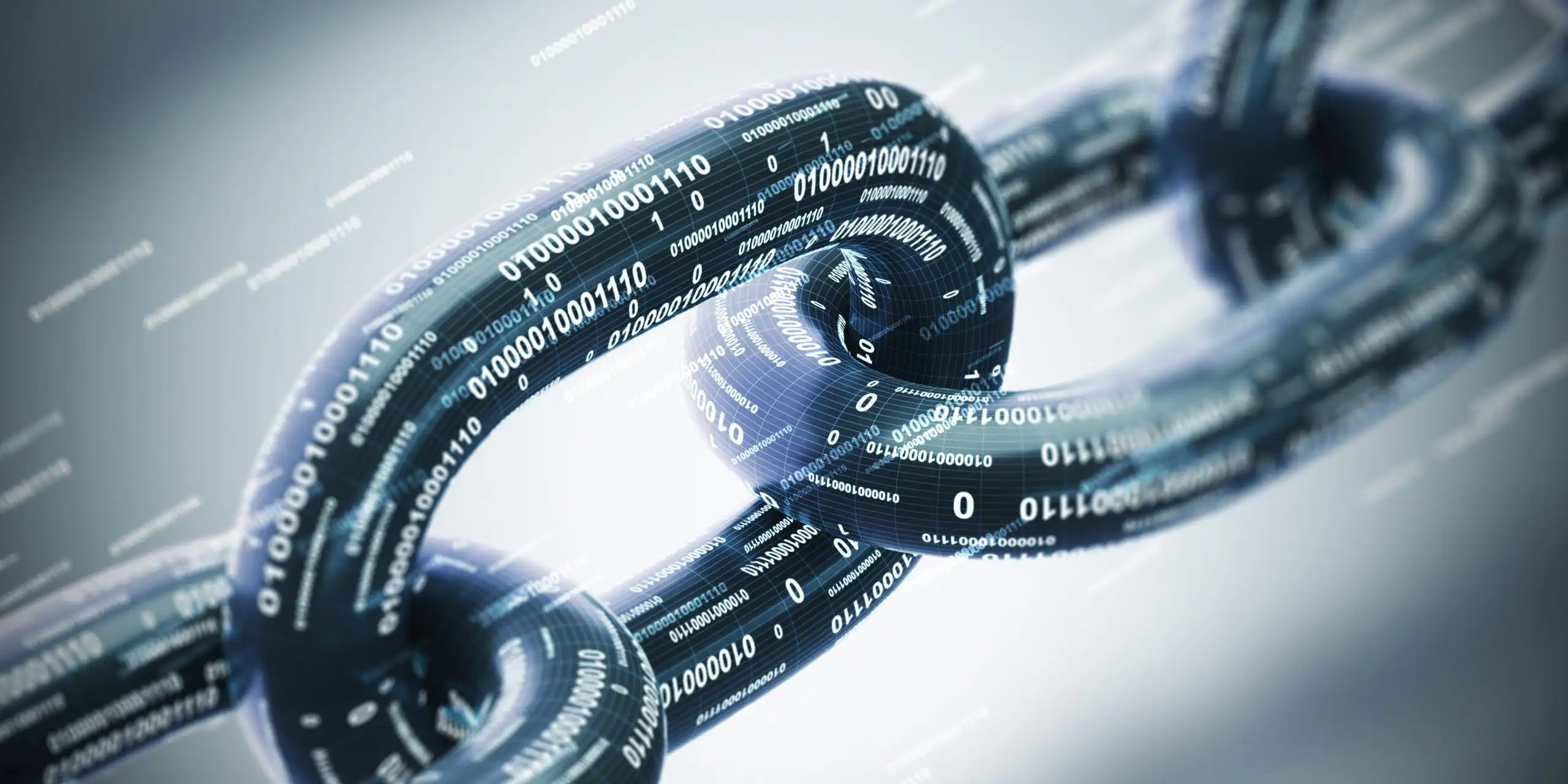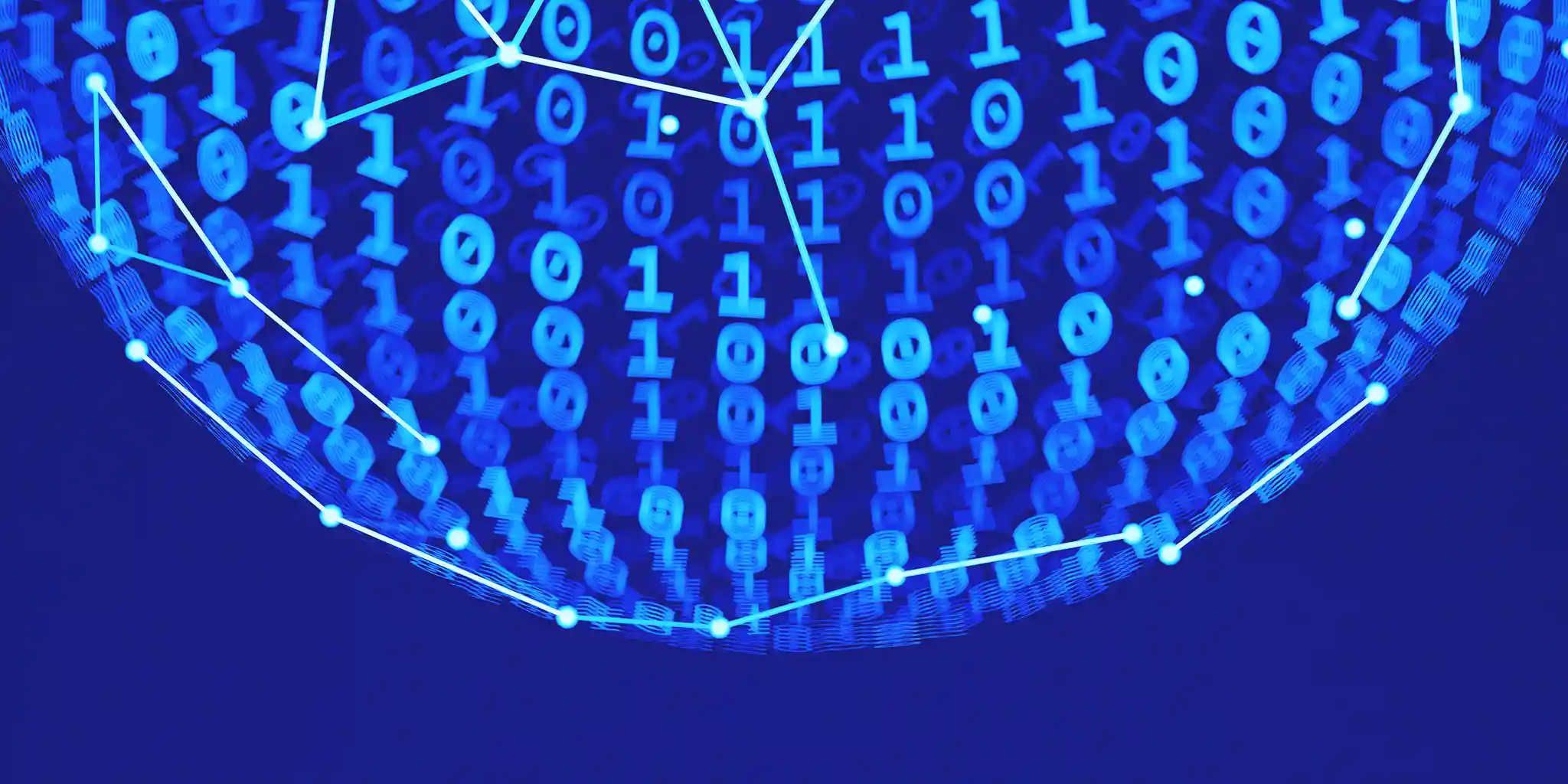“How can we keep our data safe from ransomware criminals?”
It’s a question asked hundreds of times by CEOs and boards of directors every day.
Cybercriminals launch a new ransomware attack every 11 seconds, no matter the industry sector or the depth of security defenses behind its firewalls.
Until now, the only answer was to rely on traditional cybersecurity software and hardware products that are overly focused on data loss protection, breach detection and data containment.
For the first time, data is now able to automatically think for itself and protect itself – no matter where it goes in the world, no matter who has it, where it’s stored, or how many copies exist. So, stop playing defense. Instead, power your data to protect itself from the inside out.
•••
Ransomware not only encrypts, but also extracts data. Don’t let yours be extorted or sold.
Most people think ransomware attackers just lock and encrypt data as a one-time-only event. But ransomware has become far more devastating and pervasive, with attacks staged in three distinct phases:
Phase 1: This phase is all about a criminal getting into your organization’s system without you knowing it, then controlling that system without being detected for as long as possible and trying to extort a ransom from the victim. Stealth evasion techniques enable an attacker to snoop and steal data undetected for weeks or even months. By the end of Phase 1, the perpetrator will launch file-encrypting ransomware that locks a victim’s data and network. If the extorted data and system can’t be recovered from a backup, then the victim maybe be forced to pay the ransom to have their data and system unlocked.
Phase 2: Ransomware criminals continue their money-making scheme by threatening to expose or auction your stolen data if their ransom demands aren’t met. Although most companies pay a ransom to regain access to their data, studies show some or all of it will often be corrupted. Even worse, attackers usually copy a victim’s stolen data to leverage it in multiple extortion attempts with even bigger ransom demands.
Phase 3: This is the real money-maker for criminals, a recurring revenue stream with endless potential as they up their ante by demanding an even bigger ransom than during Phase 2 to prevent the sale or disclosure of your data to third parties, customers or business partners. Suddenly, your data backups and recovery plans become worthless as the reality of reputational damage, compliance fines and potential lawsuits hit home.
Modernize your ransomware defense strategy with self-protecting data
Make organizational data self-protecting and intelligent
Leverage multi-layer encryption and embedded policies to generate intelligent, self-protecting data. Define who can access the data, when, where, and how – even if exfiltrated through ransomware.
Protect data from access on infected devices
Self-protecting data can sense the presence of endpoint protection solutions to keep your data off infected devices.
Action alerts and intel from other platforms to protect data
Integration with SIEM, threat intelligence, and other technologies allows your data to gain awareness of current conditions to protect itself most appropriately.
Ensure data is backed up to avoid standard ransom demands
The availability of your data can’t easily be held for ransom if it’s backed up. By enabling self-protecting security in both primary and back-up instances, organizations protect against being victimized by ransomware.
Intelligent, self-protecting data is critical in the new wave of ransomware defense
Today’s organizations can empower their data to protect itself. By doing so, a ransomware infection can avoid being a catastrophic, headline-making incident. With Keyavi, data stays protected with a multi-layer encryption technology: unauthorized access attempts of any protective layer trigger the protection mechanisms of the surrounding layers. By defining and embedding policies directly into the data itself, this intelligent data can make real-time decisions based on where the data is being accessed, by whom, when, and how.






